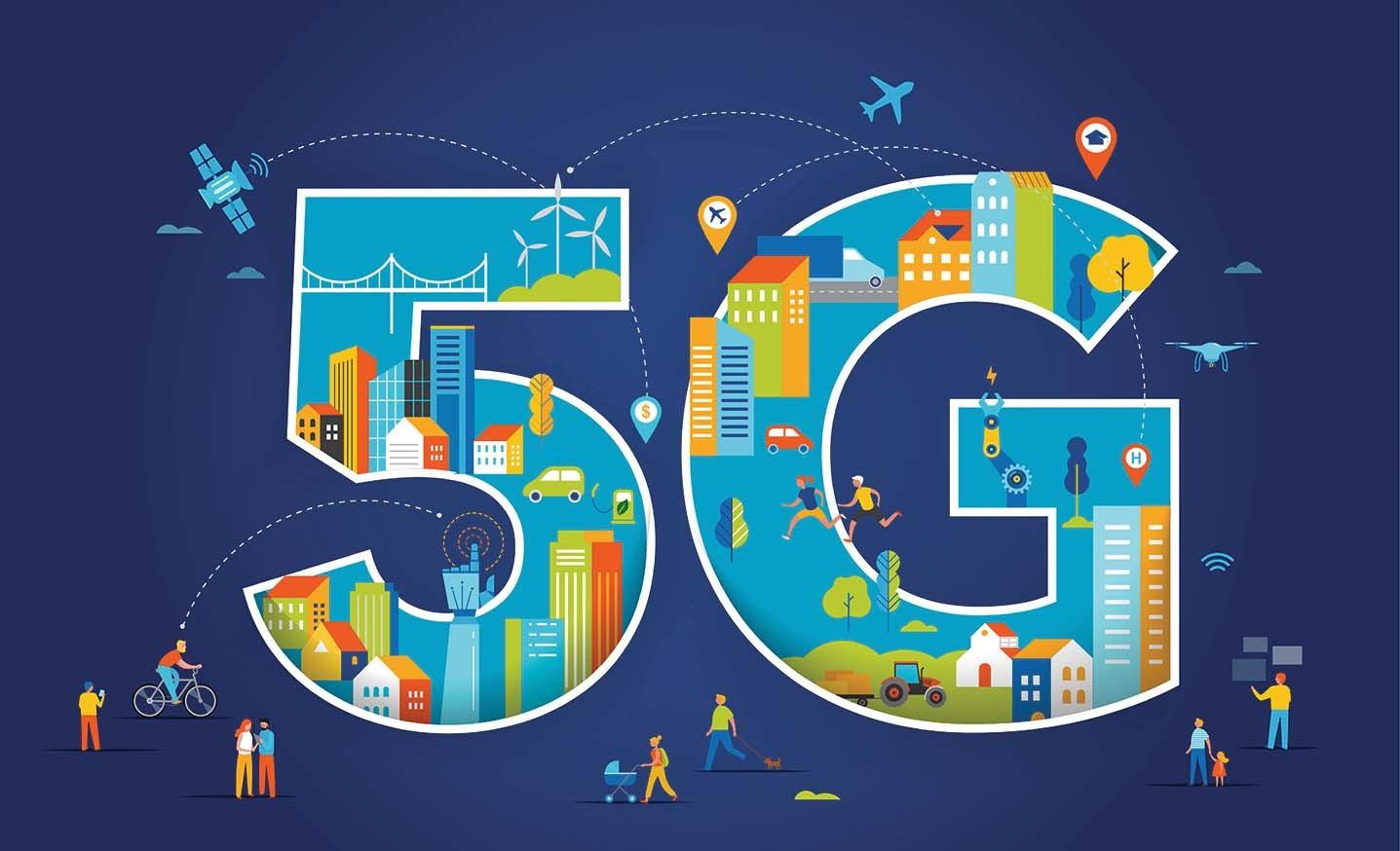How 5G technology Is Revolutionizing Online Learning: Key Benefits and Trends
Online learning, already on a steep upward trajectory, is now being turbocharged by the rollout of 5G technology. Ultra-fast connections, lower latency, and increased reliability are making virtual classrooms, immersive experiences, and real-time interaction more accessible than ever before. In this article, we’ll explore how 5G technology is revolutionizing online learning, highlight its key benefits, examine current trends, and share practical tips for educators and students alike.
Introduction: The Intersection of 5G and Online Education
As educational institutions around the globe pivot to digital and hybrid models, the demand for reliable, high-quality connectivity has never been greater. The arrival of 5G networks is a game-changer, promising speeds up to 100 times faster than 4G and enabling innovations previously out of reach. From interactive virtual classrooms to augmented reality labs,5G is shaping the future of online learning in profound new ways.
What Is 5G Technology, and Why Does It Matter for Online Learning?
5G stands for “fifth generation” wireless technology. It delivers:
- High-speed internet: Up to 10 Gbps,vastly reducing download/upload times
- Low latency: Response times under 1 millisecond enable real-time interaction
- Greater capacity: Supports more devices per area,ideal for campuses and urban environments
- Enhanced reliability: Maintains stable connections even in crowded networks
These features make 5G networks perfect for online learning,where streaming,live lectures,and collaborative projects demand robust internet capabilities.
Key Benefits of 5G Technology in online Learning
1. Seamless Live Streaming and real-Time Interaction
Stuttering videos and lag-plagued audio are obstacles to engaging virtual classrooms. 5G’s low latency and high bandwidth ensure uninterrupted high-definition video calls, real-time feedback, and smooth participation—no matter where students or teachers are located.
- Crystal-clear video lectures with zero buffering
- Instant file uploads and downloads
- Lag-free group discussions and Q&A sessions
2. Advancing Immersive Learning with AR and VR
Augmented Reality (AR) and Virtual Reality (VR) are transforming subjects like science, history, and engineering by bringing abstract concepts to life. 5G-powered AR/VR applications allow students to participate in lab simulations, virtual field trips, and interactive problem-solving—all from their devices.
“With 5G connectivity, online learning platforms can deliver fully immersive labs and interactive visualizations that were previously impractical on slower networks.” - EdTech Magazine
3. Enhancing Accessibility and Collaboration
With 5G technology, remote and rural communities, previously underserved by slow or unreliable internet, can now access world-class educational content. Students can collaborate on projects in real time, participate in peer review, and engage with global classmates without geographical barriers.
- Greater equity in access to educational resources
- Enhanced group project capabilities
- Live peer-to-peer mentoring and support
4. Personalized and Adaptive Learning Experiences
Faster and more reliable connectivity means that AI-driven adaptive learning platforms can analyze student data in real time and offer instant feedback, tailored content, and dynamic assessments—which improves learning outcomes and engagement.
Emerging Trends: How 5G Is Shaping the Future of Online Education
1. Smart Classrooms and Connected Campuses
With the Internet of Things (IoT) and 5G, schools and universities are deploying smart devices—interactive whiteboards, cloud-based content libraries, and automated attendance systems—to create more efficient and engaging learning environments.
2. Mobile-first and Microlearning Adoption
As 5G becomes prevalent, more learners can access courses on mobile devices without worrying about bandwidth constraints or data caps. This fuels trends like microlearning, where students engage with bite-sized lessons on-the-go, increasing retention and adaptability.
3. Expansion of EdTech Startups and Platforms
The robust infrastructure provided by 5G networks enables EdTech startups to experiment with AI tutors, gamification, and advanced collaboration tools. Online learning management systems are evolving to leverage real-time analytics, adaptive content, and seamless multimedia experiences.
Real-World Case Studies: 5G in Action
Case Study #1: Virtual science Labs in South Korea
South Korean universities are pioneers in 5G adoption, using the technology to power virtual science labs. Students conduct experiments collaboratively using 3D simulations streamed over 5G, allowing safe, immersive, and highly interactive remote lab work.
Case Study #2: Distance Learning in Remote African Communities
Pilot projects in several African nations have rolled out 5G-enabled educational hubs. These centers provide high-speed internet access for online classes, digital libraries, and chain-of-custody exam management, dramatically closing the digital divide.
Benefits and practical Tips for Embracing 5G in Online Learning
- Invest in 5G-compatible devices. Ensure students and teachers have hardware that supports 5G to unlock its full potential.
- Upgrade your learning management system (LMS). work with vendors offering 5G-optimized features like real-time analytics, HD streaming, and instant content updates.
- Encourage digital literacy. Equip users with the skills required to leverage new tools such as interactive AR/VR content and advanced collaboration platforms.
- Prioritize data privacy. As more student data moves online, it’s essential to use platforms with robust cybersecurity measures.
Challenges and Considerations
Despite enormous potential, integrating 5G into online education comes with challenges:
- Cost: Upgrading infrastructure and devices can be expensive for institutions and learners alike.
- Coverage: While rapidly expanding,5G is still not available everywhere,especially in rural or underserved regions.
- Digital Equity: There’s a risk of widening the digital divide if access to 5G is uneven.
However, ongoing investment, government initiatives, and collaboration between telecom providers and educational institutions are helping to address these hurdles.
conclusion: The Future of Online Learning in the 5G Era
The arrival of 5G technology is more than just a speed boost—it’s a catalyst for educational innovation. From lightning-fast, seamless video calls to immersive, interactive learning environments, 5G is already transforming how students and educators connect, collaborate, and create. As global adoption of 5G accelerates, expect continued advances in online education, virtual classrooms, and edtech platforms—breaking down barriers and opening up a world of learning opportunities for all.
educators, administrators, and learners should keep pace with the latest trends, invest in compatible devices, and champion digital literacy to fully benefit from this new wave of connectivity. The future of online learning is here—and with 5G technology, it’s brighter, faster, and more accessible than ever before.

